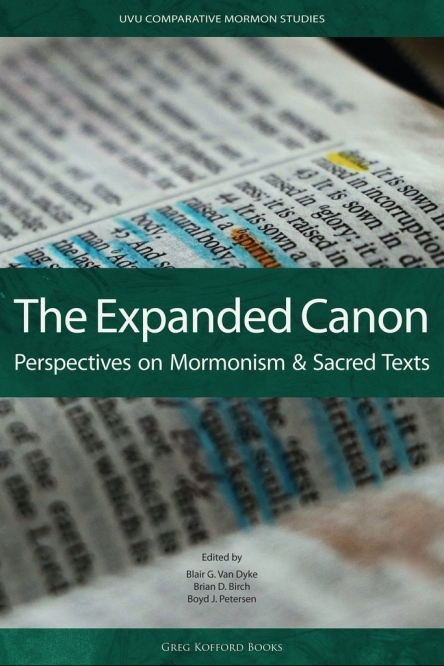Mormonism’s Expanded Canon
 One of the most famous elements concerning the Mormon faith is its belief in an expanded scriptural canon. Besides the Bible, members of the church believe that the Book of Mormon, Doctrine and Covenants, and Pearl of Great Price are holy texts that contain the word and commands of God; more liberally, and abstractly, Mormons also believe that the words uttered by leaders today are, at least in some form, scripture, even if the official canon has been functionally closed for some time.
One of the most famous elements concerning the Mormon faith is its belief in an expanded scriptural canon. Besides the Bible, members of the church believe that the Book of Mormon, Doctrine and Covenants, and Pearl of Great Price are holy texts that contain the word and commands of God; more liberally, and abstractly, Mormons also believe that the words uttered by leaders today are, at least in some form, scripture, even if the official canon has been functionally closed for some time.
A new collection of essays, titled The Expanded Canon: Perspectives on Mormonism & Sacred Texts (Kofford Books, 2018), explores many of the tensions related to Mormonism’s scriptural corpus. Most of these chapters are drawn from a conference hosted by Utah Valley University’s Mormon Studies program a few years ago. Indeed, this volume is the first in a collaboration between Kofford Books and UVU, which will serve an important service for the field by reproducing some of the more provocative and smart proceedings in Mormon studies today. Read More
 There are many books that influenced my development as a young Mormon academic, but few were as significant as Hugh Nibley’s
There are many books that influenced my development as a young Mormon academic, but few were as significant as Hugh Nibley’s